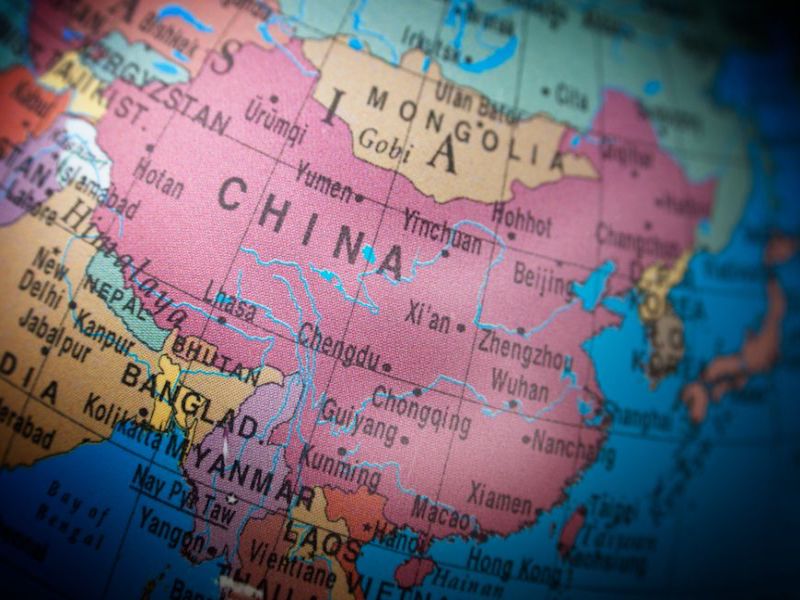

China’s V-shaped economic recovery continued for a fourth consecutive month in June, led by strong domestic demand. And if the novel coronavirus remains under control, China can remain the world’s best consumer story.
In China, consumer spending came back with force. Inflation-adjusted retail sales plummeted to a 23.7 per cent year-over-year decline in January and February, during the peak of China’s coronavirus outbreak, but was down only 2.9 per cent in June. While a healthy recovery, it’s not yet back to normal. For instance, in June 2019, real retail sales rose 7.9 per cent year-over-year.
A recovery of auto and home sales reflects that middle-class and wealthy consumers have both sufficient money and enough confidence in the future to spend it. And it wasn’t only big-ticket items that bounced back in June. Online sales of goods rose 25.2 per cent year-over-year in June, up from 22 per cent year-over-year in May and 10.7 per cent in March,
Restaurant and bar sales were still down 15.2 per cent year-over-year in June. It is likely that this part of the economy will take a long time to fully recover. This is why I expect China’s economic activity to return to about 80 per cent of normal by the end of this year, with the final 20 per cent of the recovery unlikely until after an extended period time with very few new coronavirus cases in China, the global pandemic under control, or the development and widespread use of an effective vaccine.
Fixed asset investment also continued to improve in June, including by privately owned companies, whose capital expenditure spending only declined 1.1 per cent year-over-year, following a decline of 2.6 per cent year-over-year in April and a 26.4 per cent fall in January/February. These results are not yet back to normal, but are heading in the right direction.
In June, investment in infrastructure rose 6.8 per cent year-over-year, up from 2.3 per cent in April and a decline of 30.3 per cent during the first two months of the year. This was the second fastest monthly growth rate in two years, and, along with new fuel efficiency requirements, helped drive a 75 per cent year-over-year increase in domestic excavator sales in June, following a 77 per cent rise in May.
It is significant that this healthy economic recovery has come without a dramatic stimulus. Credit growth, for example, has only accelerated modestly. Augmented total social finance outstanding, the broadest metric for credit growth, was up 12.9 per cent year-over-year by the end of June, compared to an 11.5 per cent growth rate during the same period in 2019. Far from the 31 per cent growth rate during the same period in 2009, when Beijing implemented a massive stimulus in response to the global financial crisis. This highlights the strength of an organic recovery, and leaves the government with plenty of dry powder if the recovery were to falter.
Unemployment remains a concern, but the absence of social unrest and the continuing rebound in consumer spending suggests that the government’s support for workers and businesses has provided a cushion for many who lost their jobs, laying the foundation for an economic recovery. But if services companies in hospitality, entertainment and travel take a long time to return to normal levels of business (due to coronavirus fears), unemployment (or underemployment) among migrant workers will persist, exacerbating income inequality.
Despite these positive signs, coronavirus remains the key economic risk for China. Whether the V-shaped economic recovery described here continues depends primarily on the Chinese government’s ability to continue keeping the coronavirus under control.
Finally, I would like to remind readers that because China is a domestic-demand driven economy, there is a low risk that a possible coronavirus-driven global recession, or the on-going downward spiral in U.S.-China relations might derail the recovery. Significantly, over the last five years, net exports (the value of a country’s exports minus its imports) have, on average, contributed zero to China’s gross domestic product growth. Moreover, only 17 per cent of China’s exports went to the U.S. last year. So while a collapse in demand for Chinese exports would be a drag on the recovery, it would likely be a modest drag.
Andy Rothman is an investment strategist at Matthews Asia. These views are those of the author and not necessarily those of the Canadian Investment Review.
